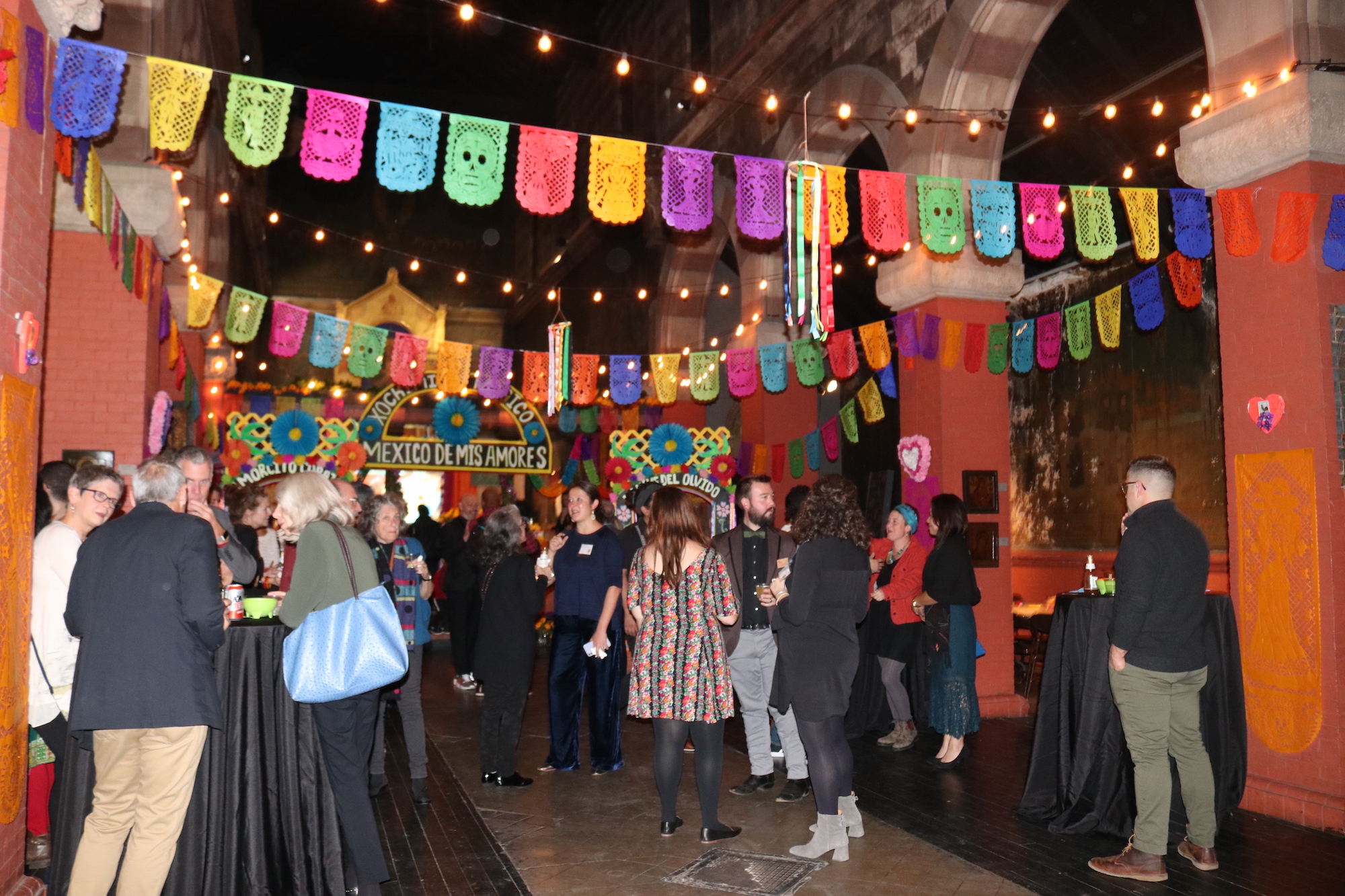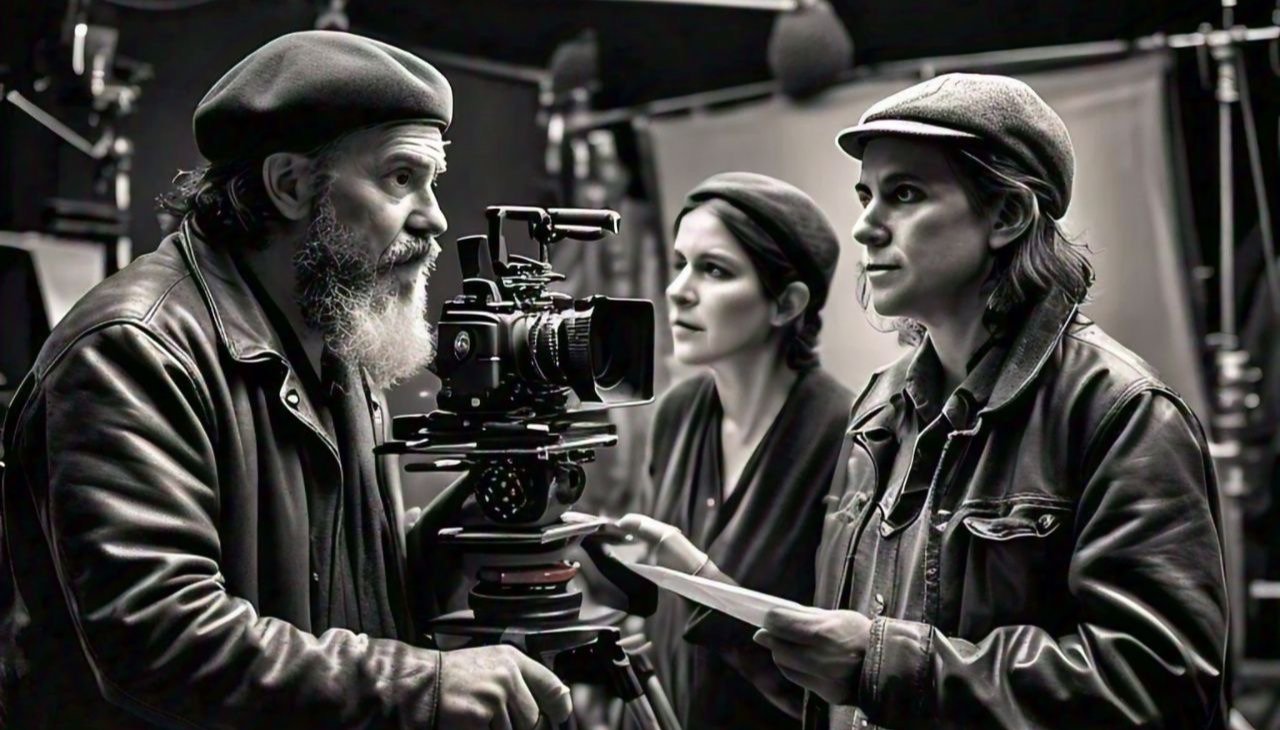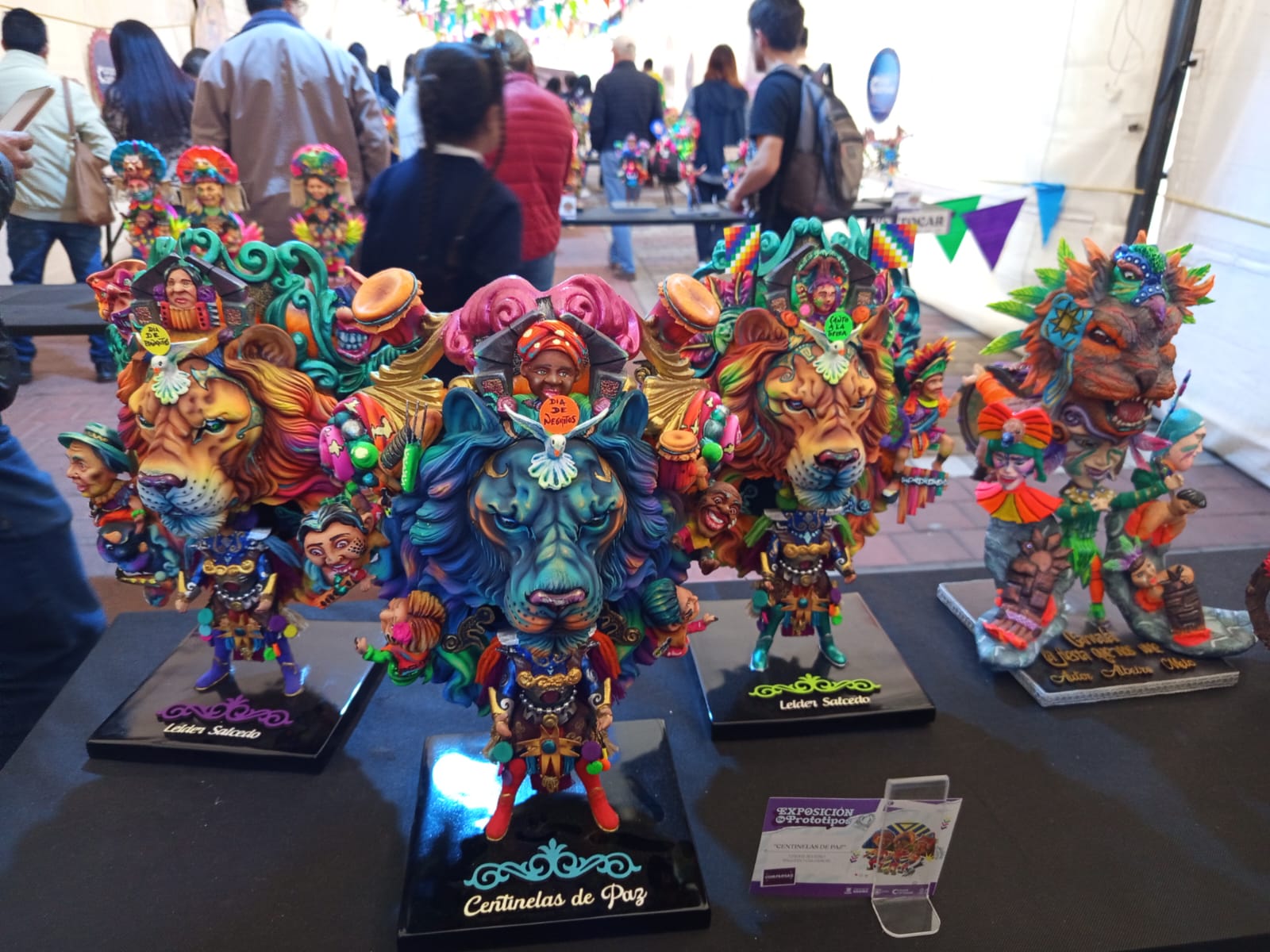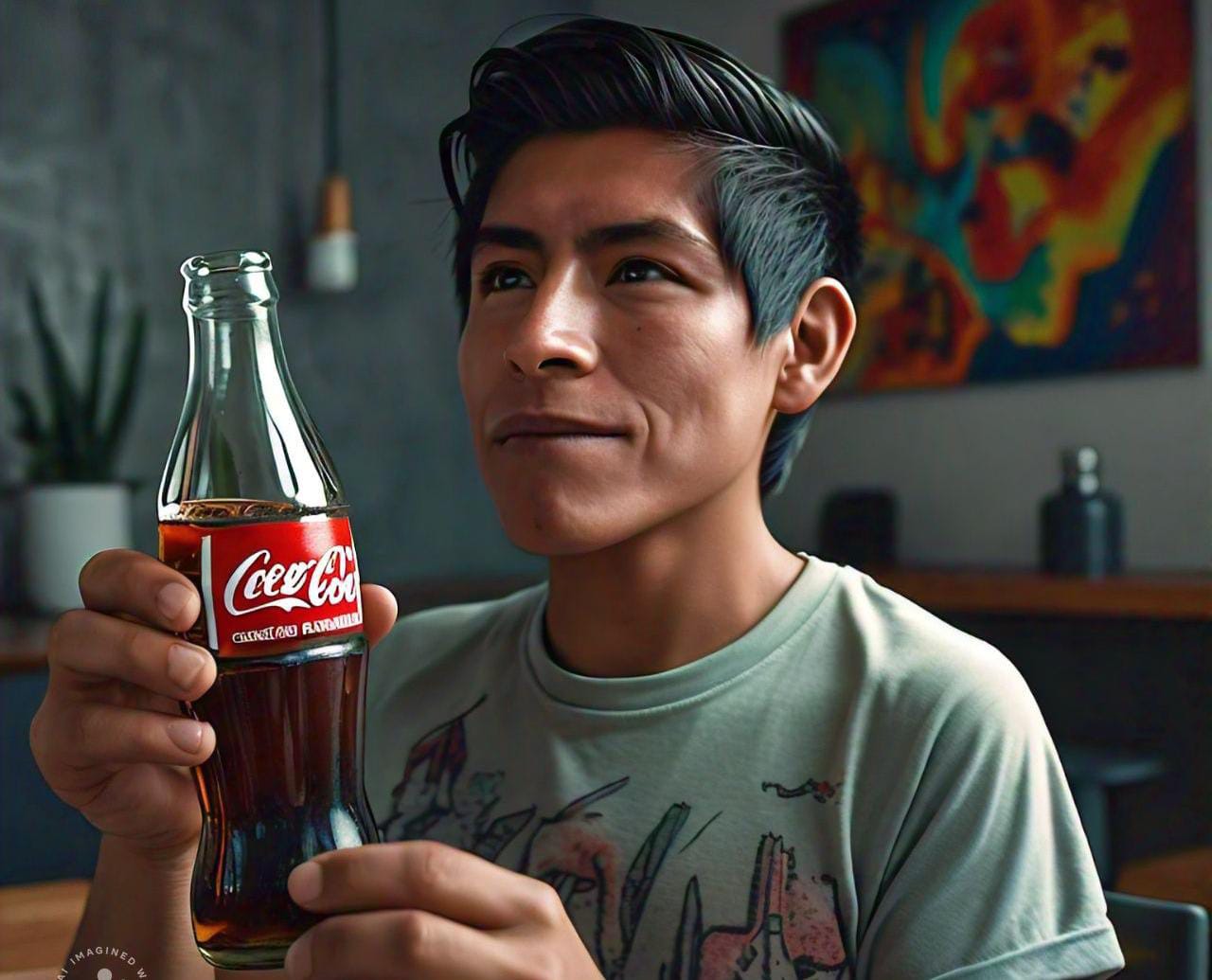
From sketch classes to Day of the Dead: Celebrating a changing South Philadelphia through Mexican tradition
Almost one-hundred years ago, Samuel S. Fleisher purchased the old Episcopal Church of the Evangelist on Catharine Street in South Philadelphia. It sat across the street from the building where he hosted his Graphic Sketch Club for children in the surrounding community.
At the time, South Philly was home to a working class of Irish, Italian and the descendants of other European immigrants. The families were low-income and hard-working.
Fleisher renamed the church “The Sanctuary,” and used it to house his art collection. In the same vein as his free classes offered to all, he also invited the children of the neighborhood to enjoy the collection’s beauty.
No matter what he did, Fleisher’s end goal was always cultivating art and artistry within the neighborhood.
That mission is continued to this day by The Fleisher Art Memorial, which was founded in 1944 after Fleisher’s death.
But what continues within Fleisher’s Sanctuary has shifted as the surrounding community has changed.
The working class is still present, but they’re no longer Irish and Italian, but Mexican and Central American.
A product of that change began in 2013, with The Sanctuary’s first celebration of the Day of the Dead in collaboration with its surrounding community.
Six years later, 2019’s rendition, designed by Mexican artist Claudia Peregrina, took visitors on a journey to Xochimilco — a historic pre-Hispanic borough of Mexico City that maintains the capital’s strongest connection with its Aztec predecessor.
That connection is kept through its geography. Built on an island in the middle of Lake Texcoco, the Aztec capital of Tenochtitlan sprawled in all directions, even beyond the land of the island.
To the south was — at the time its own locale — Xochimilco, was comprised of sprawling plots of “chinampas,” or gardens planted on the raised, fertile lake bed, and canals originating from a heart in the north, traversed by “trajineras,” the colorful, gondola-like boats used by residents.
The way of life was based in agriculture, and it’s one of the major tourist draws to Mexico City today.
That history made the setting a natural pairing for Day of the Dead.
CONTENIDO RELACIONADO
“It forms part of the cultural heritage of Mexico,” said Peregrina. “To connect it with the important day that is Day of the Dead for a lot of us, I believe, is very interesting.”
Her exhibit — completed in over two months of collaboration with the surrounding community — transformed The Sanctuary into a canal adorned with the altars of Day of the Dead.
Upon entering, visitors looked up to see banners of “papel picado” adorning the chamber’s many pillars. To the left, following a path of blue flower petals led to the grand altar — a massive display titled “Xochimilco Magico: México de mis Amores.”
Before reaching the display, its entrance was flanked on the left and right by two trajineras manned by colorful skeletons. Flowers and candles accented throughout alongside vibrant, prop tadpoles at various stages of development, giving the display an aquatic theme.
Projected at the back of the altar was a short film explaining the lifestyle of those that carry on the tradition of the trajineras to this day in Xochimilco.
“Trajinera is the name for the boat, but it’s also the way of life,” said Peregrina.
Day of the Dead lasts from Oct. 31 to Nov. 2.
At Fleisher, the opening night for its festivities was Friday, Nov. 1 complete with a performance by Philly-based Compás 48. On Saturday, Nov. 2, the neighborhood came out in force for a procession from the Southwark School to The Sanctuary’s steps followed by an exploration of the installation.
The display’s final night was Wednesday, Nov. 6, when it held a vigil for those in the community to come out to remember and celebrate their lost loved ones.
[node:field_slideshow]










DEJE UN COMENTARIO:
¡Únete a la discusión! Deja un comentario.